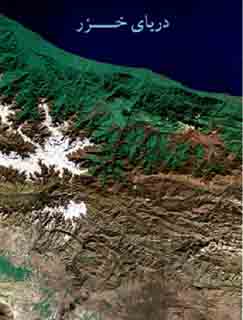Document Type : Research Paper
Author
Master of Surveying Engineering (Remote Sensing)
Abstract
Astronomers constantly look for a way to improve techniques and methods of observing the universe. One of the common ways is to use larger and higher-quality telescopes to take pictures from the sky with greater clarity and detail. However, their antennas are physically limited in size and shape, since they must be extended extremely accurately, and for optical telescopes, their optical component must be highly inflexible and accurately shaped. On the whole, astronomers have infrequently criticized the accuracy and advantage of these telescopes.
At the moment, the world's largest telescopes are radio antennas that provide the most detailed images of the universe by combining signals from radio telescopes. This method is called the Very Long Baseline Interferometry (VLBI), and can provide images of space objects that are of a thousand times greater in resolution than those of the Hubble Space Telescope.

